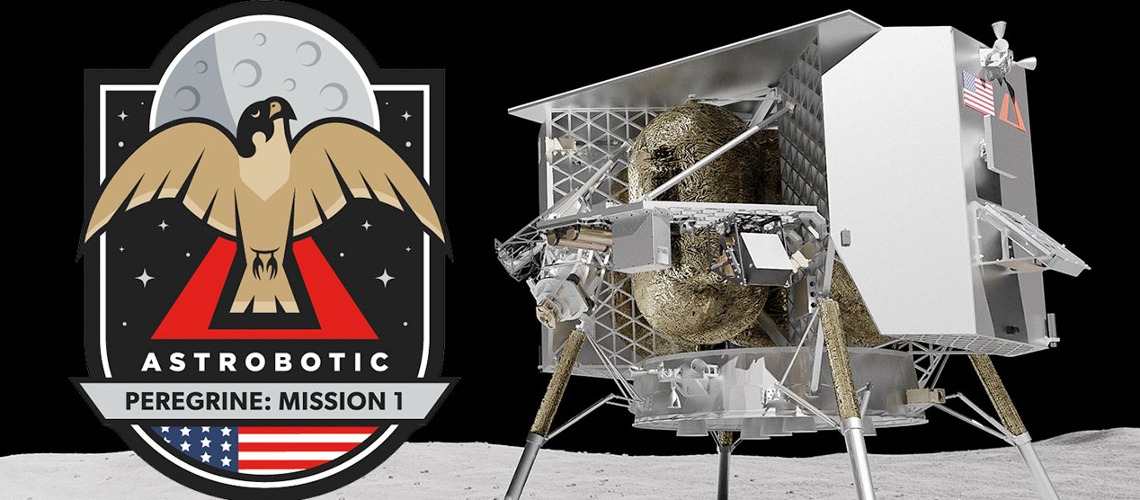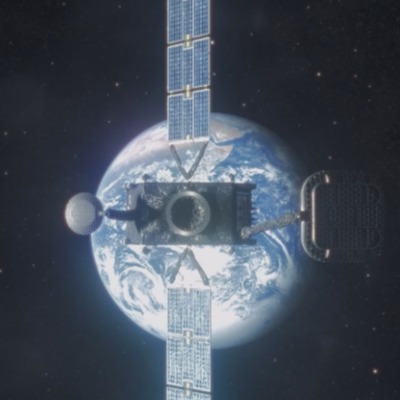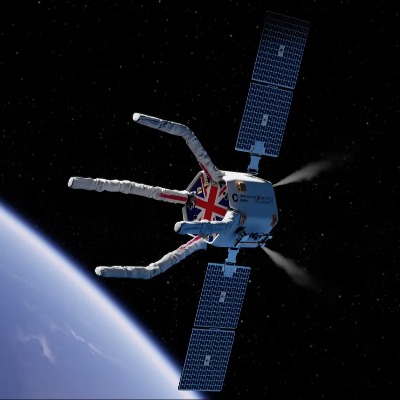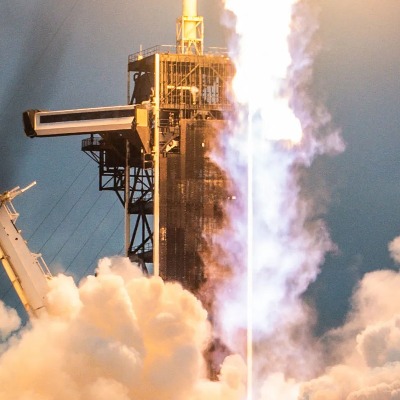Ailing Moon Lander Doomed: Peregrine's Journey Cut Short, Crash Landing Expected

– A dream of lunar exploration turned into a desperate scramble for solutions as the Peregrine moon lander, carrying payloads from NASA and commercial partners, strayed from its trajectory and is now on a path to crash into Earth within the next few weeks. The news sent shockwaves through the space community, raising concerns about safety and prompting Astrobotic, the lander's developer, to work desperately with NASA and other agencies to avert disaster.
The Peregrine, launched on January 8th, initially seemed poised to fulfill its historic mission of becoming the first American-made lander to touch the lunar surface in decades. However, shortly after reaching its planned lunar parking orbit, a suspected fuel leak sent the spacecraft off course. Despite valiant efforts to regain control, engineers confirmed the lander is in an unstable orbit and destined to re-enter Earth's atmosphere, albeit in a controlled manner.
"Our top priority is ensuring the safety of everyone on Earth," declared John Thornton, CEO of Astrobotic. "While a controlled re-entry minimizes risk, the potential consequences are serious, and we are working tirelessly with NASA and other agencies to explore all viable options."
The potential impact zone spans across a vast swathe of the Pacific Ocean, stretching from New Zealand to the west coast of North America. While the likelihood of hitting land or a populated area is considered low, the possibility cannot be entirely ruled out. Authorities are urging caution and increased vigilance in coastal regions while stressing that the risk to the general public remains minimal.
NASA, a major partner in the mission, is providing crucial technical and logistical support in the ongoing salvage attempt. Experts are exploring avenues like remotely restarting the lander's engine or using another spacecraft to nudge it onto a safer trajectory. However, the challenges are immense, and the window of opportunity for intervention is rapidly closing.
"This is a complex situation with no easy answers," acknowledged Jim Bridenstine, former NASA Administrator. "The teams involved are doing everything they can to avoid an uncontrolled re-entry, but ultimately, the outcome may be out of our hands."
The Peregrine's near-catastrophe underscores the inherent risks involved in space exploration. While setbacks and failures are inevitable, the potential consequences in this case serve as a stark reminder of the responsibility and safety measures that must be meticulously considered before embarking on such ambitious endeavors.
The fate of the Peregrine remains uncertain, hanging in the balance between innovative solutions and the unforgiving laws of orbital mechanics. As the clock ticks down and the Earth looms closer, the eyes of the world are fixated on this unfolding drama,




